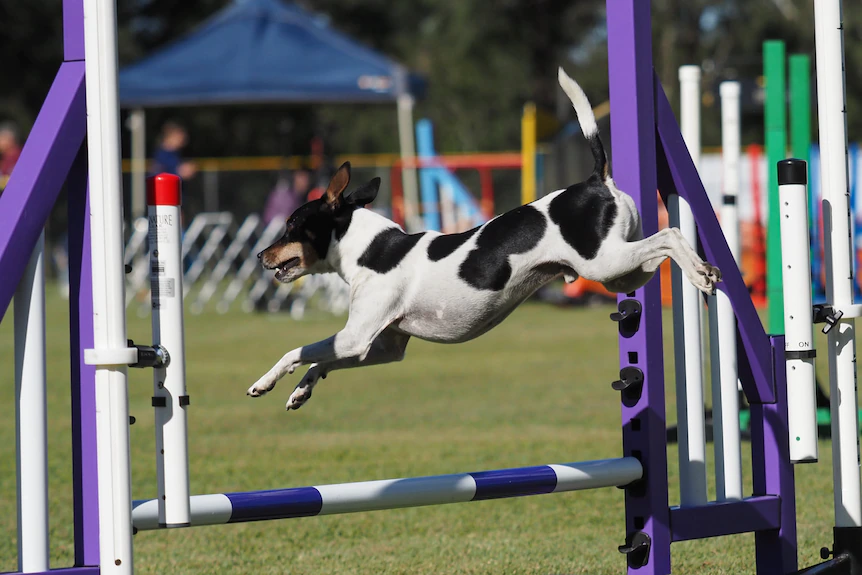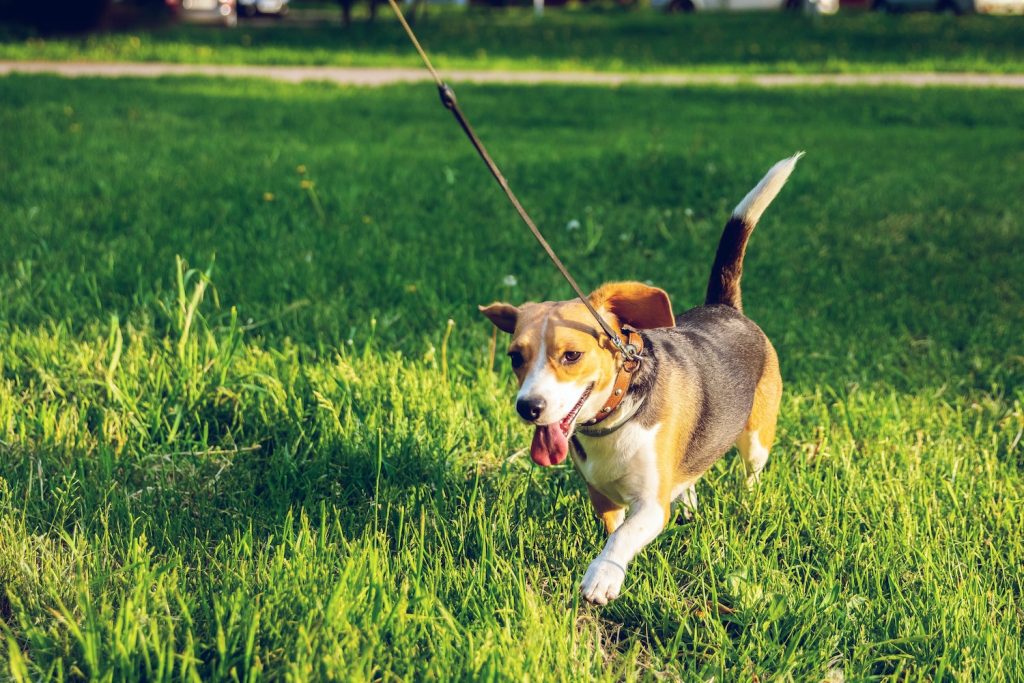
Just like humans, dogs also require regular exercise to maintain good physical and mental health. Lack of exercise can lead to various problems, from behavioral changes to health issues. In this article, we’ll explore signs that indicate your dog may need a new exercise plan and easy ways to keep them active and happy.
Sign 1: Weight Gain
Similar to humans, the “calories in minus calories out” concept applies to dogs too. If your dog has been gaining weight, it might be a sign that they need more exercise. Combining diet tweaks with increased physical activity, such as daily walks and play breaks, can help your pup shed those extra pounds.
Sign 2: Destructive Behavior
Behavioral problems, like destructive chewing and raiding the trash, can stem from boredom and frustration due to insufficient exercise. High-energy breeds, especially, require ample outdoor exercise and mental stimulation to prevent these issues.
Sign 3: Withdrawn Behavior
Some dogs become withdrawn and depressed when they lack mental and physical stimulation. Encouraging them to engage in outdoor activities can help boost their mood and involvement with the family. However, consult your veterinarian if you suspect illness as a possible cause of their withdrawn behavior.
Sign 4: Hyperactivity

Hyperactivity and poor manners are often a result of exercise deficiency, especially in young and energetic breed dogs. Providing interactive exercise time can help channel their energy positively and prevent destructive behaviors.
Sign 5: Excessive Barking or Whining
Restless dogs may resort to excessive barking or whining to communicate their need for more exercise and outdoor time. Regular play periods in open spaces can effectively curb this behavior.
Sign 6: Stiffness
Sedentary living, particularly in older dogs, can lead to muscle loss and painful joints. Daily exercise helps maintain muscle tone and keep tendons and ligaments flexible, benefiting dogs of all ages.
Easy Ways To Give Your Dog More Daily Exercise:
- Play Ball or Frisbee: Engage your dog in a game of fetch to get them running and burning off energy.
- Go Biking or Running: Take your dog along on biking or running sessions to give them a faster-paced exercise routine.
- Swimming Sessions: If your dog enjoys water, find a safe area for them to swim and retrieve floating toys.
- Dog Park Trips: Regular visits to the dog park can help dogs socialize and tire each other out through play.
- Consider Doggie Daycare: Enroll your dog in a doggie daycare program for supervised exercise and interaction with other dogs.
Cautionary Measures

Before starting a new exercise plan for your dog, consult with their veterinarian, especially if they have any medical conditions. Gradually increase the intensity of the exercise for older dogs or those starting a fitness routine. Keep brachycephalic breeds cool during exercise due to their short-nosed anatomy.
Conclusion
Ensuring your dog gets enough exercise is essential for their well-being and overall happiness. By paying attention to the signs of exercise deficiency and incorporating enjoyable outdoor activities into their daily routine, you can keep your furry friend fit, active, and content. Remember to consult with your vet and have fun as you embark on this journey of health and happiness together.